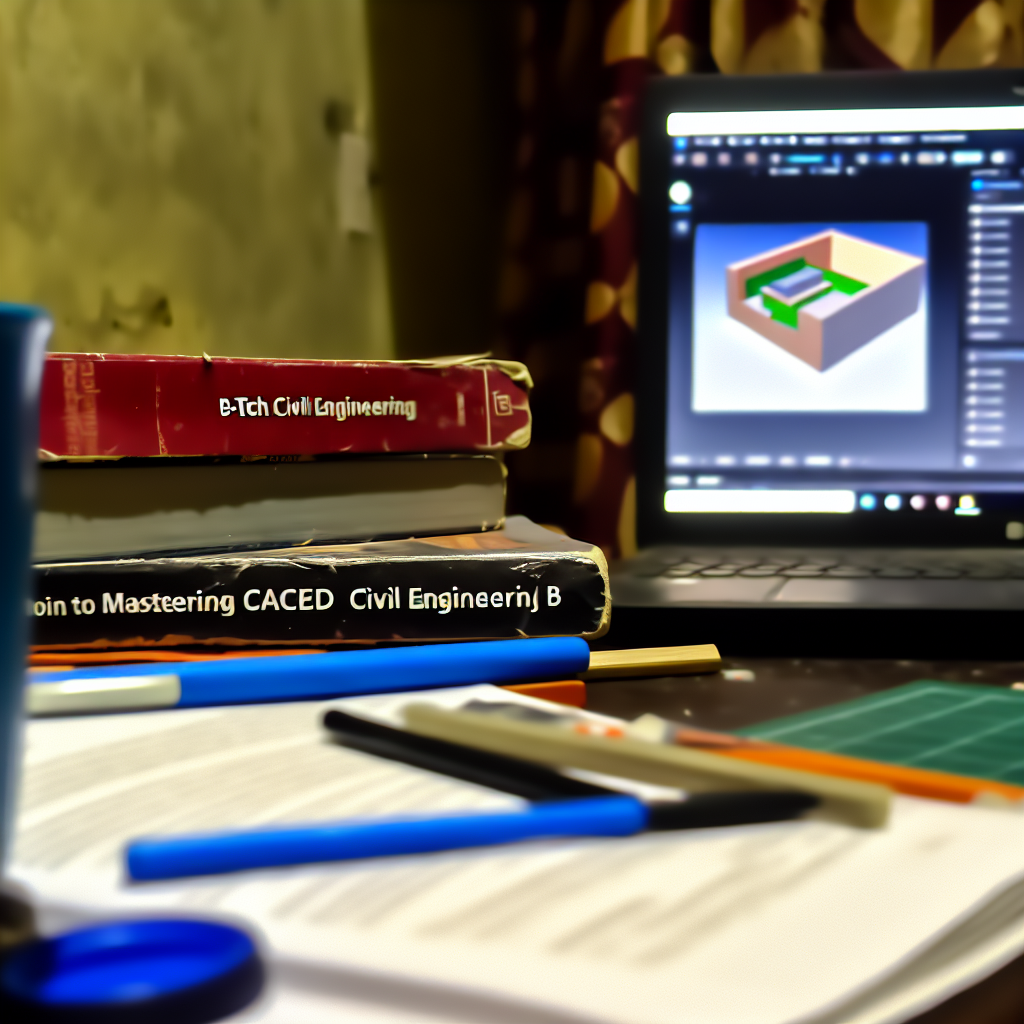Computer Aided Civil Engineering Drawing (CACED) has revolutionized the way civil engineers design, plan, and analyze infrastructure projects. For B-Tech 3rd semester students at AKU Patna pursuing Civil Engineering, mastering CACED is crucial for visualizing complex structures accurately and efficiently. This article delves into the significance of CACED, its core tools, and its role in modern civil engineering education.
The Importance of Computer Aided Civil Engineering Drawing in Modern Civil Engineering Education
In today’s construction industry, **Computer Aided Civil Engineering Drawing** (CACED) serves as an essential skill for civil engineering students, especially those enrolled in B-Tech 3rd semester at AKU Patna. The integration of CAD (Computer-Aided Design) software like AutoCAD, Revit, and STAAD.Pro allows students to develop precise technical drawings that are universally understood and ready for implementation in real-world projects.
Through CACED, engineering students move beyond traditional hand-drawing techniques, which are often time-consuming and prone to errors. With digital drawings, students learn to create detailed plans, sections, elevations, and 3D models that enhance clarity and accuracy. This skill not only improves project communication but also significantly reduces errors in the construction phase, making it a fundamental component of civil engineering education at AKU Patna.
Tools, Techniques, and Applications of CAD in Civil Engineering
The core of CACED lies in the use of specialized software tools, which have expanded the scope of civil engineering design and analysis. Some of the most popular CAD tools used by students and professionals include:
- AutoCAD: The industry standard for creating 2D drawings and drafting layouts
- Revit: A Building Information Modeling (BIM) software for detailed 3D modeling and structural analysis
- STAAD.Pro: For structural analysis and design of buildings and bridges
These tools enable students to adopt modern techniques such as parametric modeling, simulation, and structural analysis, which are crucial for designing safe, sustainable, and cost-effective infrastructure. Practical applications include designing bridges, roads, residential layouts, and civic structures, all of which require precision and compliance with safety standards.
By integrating these CAD tools into their curriculum, B-Tech students at AKU Patna develop competencies that align with current industry practices. Hands-on projects and assignments help students understand real-world challenges and learn to apply their theoretical knowledge effectively, giving them a competitive edge in their future careers.
In conclusion, Computer Aided Civil Engineering Drawing is an indispensable part of B-Tech 3rd semester curriculum at AKU Patna, fostering precision, efficiency, and innovation in civil engineering design. Mastery of CAD tools enhances students’ technical expertise and prepares them for industry demands. Embracing CAD technology ensures future engineers contribute to the development of safe, sustainable infrastructure projects worldwide.
